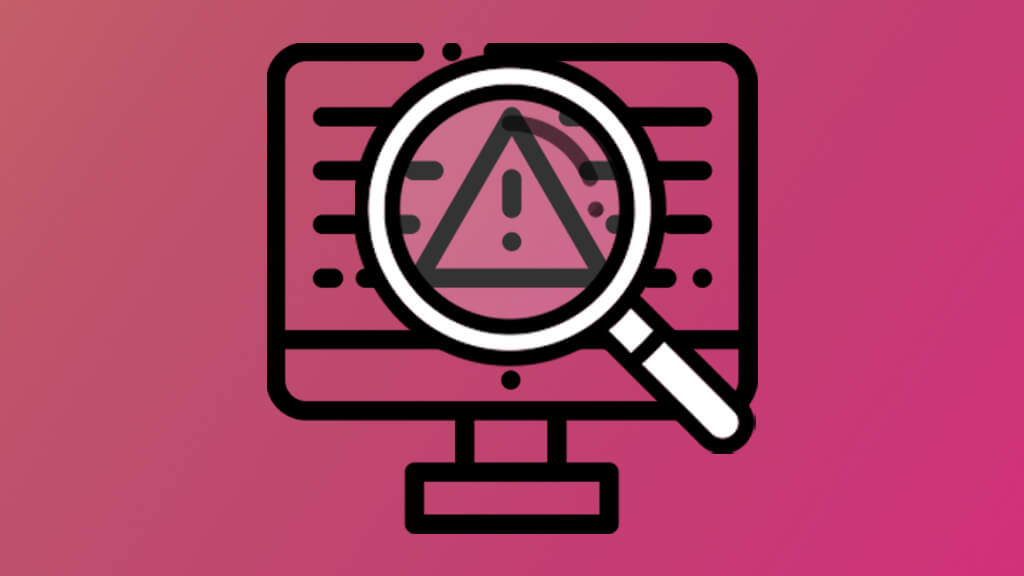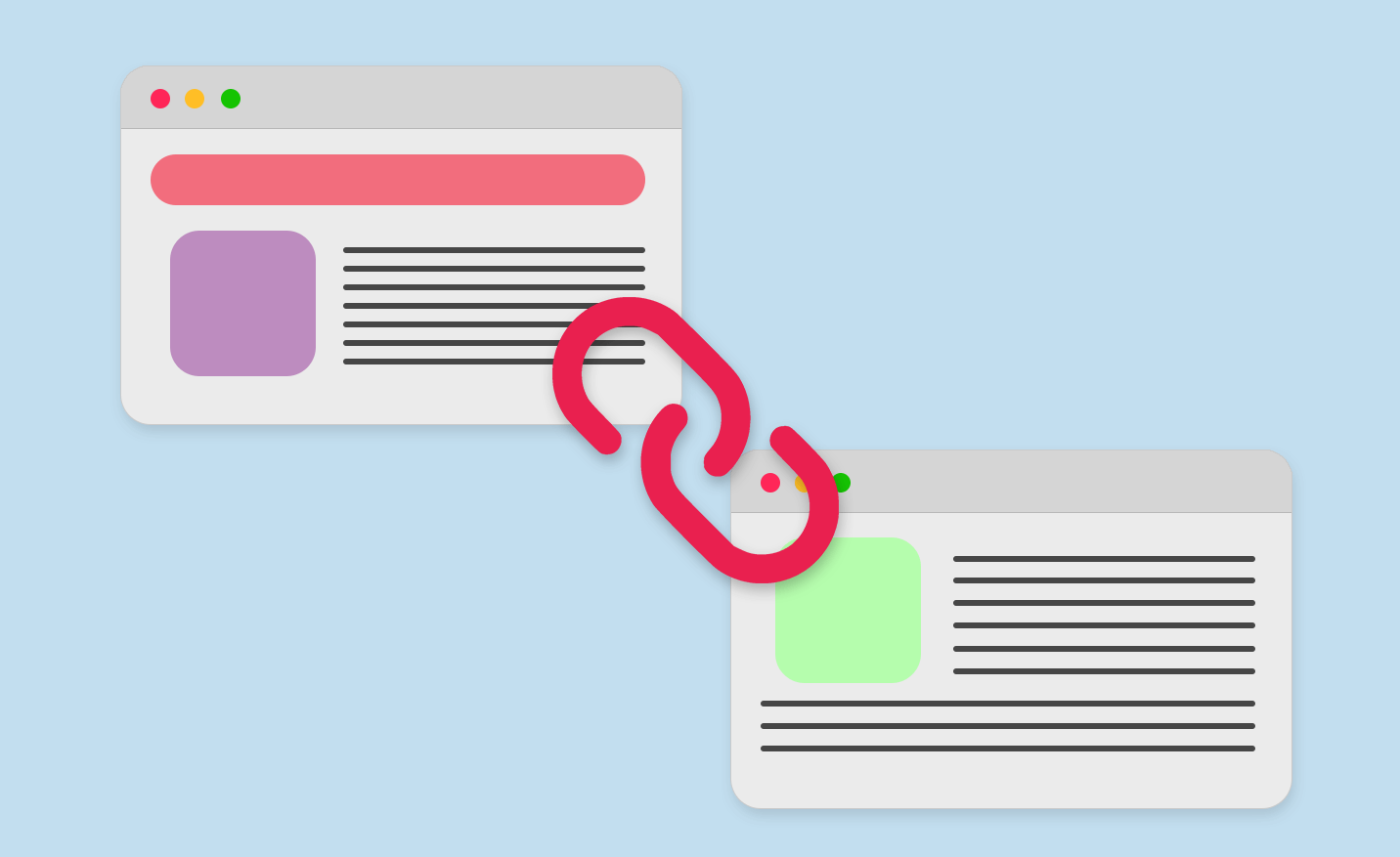SEO is hard, it really is. It takes a lot of dedication and skill to create content and optimize the website to achieve first positions on Google search. Today I present you a list that consists of the top 10 most common on page SEO mistakes that beginners make all the time. You can significantly improve your search engine optimization skills with this quick 10 minute read.

1. Not mobile friendly
The fact that every website needs to be adapted for all browsers was stated countless times, but to this day every now and then we can see websites that don’t work properly on mobile devices: the text is too small, buttons are too close to each other so it’s impossible to tap on with a thumb, some pages are even built on Flash etc. It’s massive problem, especially considering the fact that Google announce mobile first indexing and more than 50% percent of all internet traffic is coming from mobile devices.
2. Slow loading speeds
Loading speed directly affects behavioral factors, and as a result, the ranking of the site. There are various reasons that affect the loading speed of your websites, among the most popular are the following:
– images are not optimized for web
– the server that hosts the website doesn’t have enough power for the website to perform properly
– website isn’t built properly
– caching isn’t enabled or setup properly
– server is physically far away from it’s users (and you’re not using a CDN)
We suggest that you use services like Google PageSpeed Insights and GTmetrix to analyze your current website and start working on website speed optimization.
3. Meta Descriptions and Titles
If you’re not providing proper meta descriptions and titles for your pages – you’re missing out on a lot of SEO potential on your website. This might take you a while so we suggest that you install a plugin like YOAST SEO (if you’re running a WordPress website) that will help you with this tasks by showing exactly what you need to do or use SEO tools like SEMrush or Screaming Frog SEO Spider to analyze your website and working from there.
4. Improper use of heading tags
This is something I’ve seen hundreds if not thousands of times. People who are tasked with creating content have no idea what heading tags are. While they might be really good copywriters you either need to teach them how they should publish their content on the web or do the publishing part yourself. The most common mistake I’ve seen were that people are using heading tags to style their copy. For example, they might select the whole paragraph and set to H2 or H3, because they wanted the text to be bigger or thicker. Another popular mistake is to not use the proper heading structure. Simply speaking you should follow this pattern:
- H1 – Main heading tag
- H2 – Subheading
- H3 – another subdivision
- H3 – another subdivision
- H2 – Subheading
- H3 – another subdivision
- H3 – another subdivision
- H2 – Subheading
- H3 – another subdivision
- H3 – another subdivision
- H2 – Subheading
So, for example, if you’re writing an article about most common seo mistakes your heading structure should be like this:
- h1 – Most common seo mistakes
- h2 – Not mobile friendly
- h3 – what does mobile-friendly mean
- h3 – how to make a page mobile friendly
- h3 – how to test if the page is mobile friendly
- h2 – Slow loading speeds
- how to check website loading speed
- how to speed up website loading speed
- h2 – Not mobile friendly
5. Broken links
Broken links appear from time to time because the pages that you might have linked to in the past were deleted or moved to another location, or maybe even whole website is gone. This is a big problem for 2 reasons: it creates a bad use experience for your visitors and it’s a major red flag for Google, since you’re referring to something that doesn’t exist. Think about it this way – you’re writing an article about a certain topic and you’re quote a research made by an expert in this field, this makes your page more credible since you’re referring to a high authority source.
There are many online tools that will analyze your website and provide you a report with all the broken links that you need to fix.
6. No alt text on images
Alt tag (or alternative text tag) – is a text description that can be added to the HTML image tag on a web page. It is used when the image on the web page cannot be displayed, in which case alternative text is displayed instead. Also it is also displayed when the user hovers over the image as well as works with page readers that help people with blindness and vision to navigate your website. It is also used for SEO purposes. Unfortunately, the ALT attribute is an important step that is often overlooked.
So what we suggest to do is to install a Yoast SEO plugin (or any other that you like more) and go through every single image on your website. Yes, I know, it sounds scary, but the amount of SEO value that you’re losing is even scarier. You can also use plugins that will automatically populate alt tags with SEO focus phrase or page title. But while this method is a lot more effective in terms of time that you spend on this, the final results might not be as good.
A good idea would be to use your SEO Tool of choice to analyze your website and find all the images that need to be optimized.
7. No SSL Certificate
The number of online resources using the HTTPS protocol is constantly growing. Google gives a significant share of traffic to sites that support this protocol, provide them with the opportunity to be in the top of the list. The share of sites with HTTPS in the top 10 of Google Search result page is 73%.
Moreover, starting with the 56th version Google Chrome browser began to mark sites without support for this protocol as unsafe. Google also stated that if they have to decide which website to rank if the 2 websites are equally good, they will give the preference to the website that has an SSL certificate installed.
It’s also really easy to install an SSL certificate, most likely your hosting provider can install it for free in just a couple of clicks. If not – you can get one for free from Let’s Encrypt.
8. Content for robots
The use of low-grade SEO texts has long been discouraged by the search engines. Instead of writing content for Google Search Crawlers, try writing helpful content for your visitors – you need to write a piece of content that will help solve their problem.
9. No internal linking
Internal linking is crucial for two main purposes – to improve the usability of the site and to distribute the weight of keywords across the site so that search engines better index the site and transfer the weight to the necessary pages and sections. Therefore, try to include at least one internal link on every single page of your website.
10. Improper anchor text
You probably saw (or even made) these types of anchor links yourself in the past. I’m talking about links with anchor text like “visit”, “more info” or “click here”. While these anchors might look good in some cases and call to action can improve click through rate, they are not the for your search engine optimization. You should try to include your keywords in your anchor text. Let me know you two examples.
- For more info about our website design service in Toronto click here
- Our company provides website design service in Toronto.
As you can see, in the second example we were able to provide the same information as in the first example, but we used a keyword “website design service in Toronto” in our anchor text.



